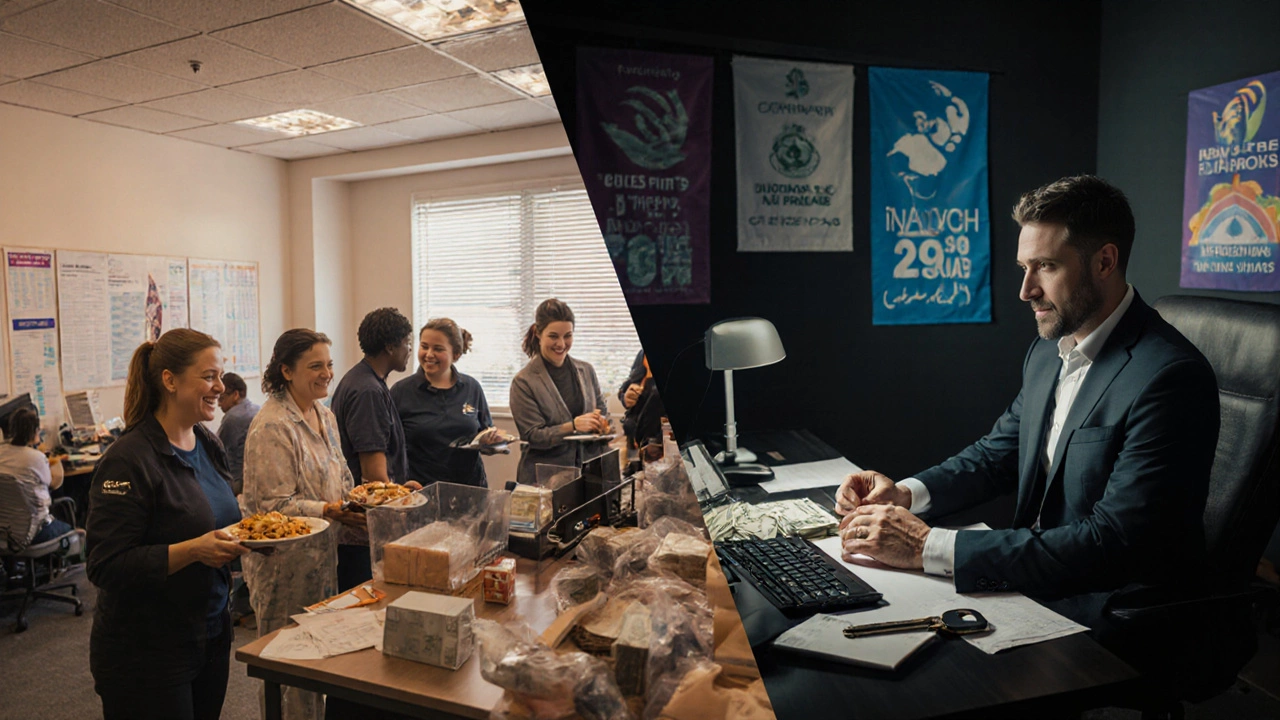Charity Scams: How to Spot Fake Charities and Protect Your Donations
When you give to a charity scam, a fake nonprofit created to steal money under the guise of helping others. Also known as donation fraud, it exploits trust—often using emotional stories, urgent appeals, or fake names that sound like real organizations. These aren’t just dishonest—they’re destructive. Every dollar stolen from a scam charity is a dollar that could’ve fed a child, housed a veteran, or cleaned a river.
Real charitable trusts, legally registered nonprofit structures that operate for public benefit, often with tax-exempt status file public records, disclose finances, and can be verified through government databases. But scammers mimic them perfectly—using similar names, fake websites, and even forged documents. They know you want to help. That’s why they show up right after a disaster, during holidays, or when someone shares a heartbreaking post online. They don’t care about the cause. They care about your credit card.
It’s not just about avoiding bad actors. It’s about knowing what to look for. A real nonprofit scam, a deceptive organization pretending to be a legitimate charity to collect funds illegally will avoid transparency. They won’t tell you how your money is spent. They’ll pressure you to donate right now. They’ll refuse to send written info. They’ll use personal bank accounts instead of official ones. And they’ll often claim to be local—"helping families in your town"—when they’re not even in the country.
People over 60 are targeted most often, but anyone can fall for it. You don’t need to be gullible. You just need to be busy, tired, or moved by a story. That’s why knowing the signs matters more than ever. Scammers are getting smarter. They use real-looking logos, copy real charity names with tiny spelling changes, and even hire actors to pretend to be volunteers. But the truth is always in the details: check their registration, ask for their EIN, look up their financial reports. If it’s real, it’s public.
And if you’re unsure? Don’t give yet. Take a breath. Search the name. Visit official charity watchdog sites. Call the organization directly using a number from their official website—not the one they gave you in a text or call. Real charities welcome questions. Scammers get angry or vanish.
The posts below show you exactly how to protect yourself. You’ll find real examples of how scams operate, what red flags to watch for, how to verify a charity before donating, and what to do if you’ve already given to a fake one. You’ll also see how real charitable trusts operate, what transparency looks like, and how to support causes that actually deliver results. This isn’t about fear. It’s about power—knowing how to give with confidence, so your kindness doesn’t get stolen.
Which charities are rip-offs? How to spot fake nonprofits and protect your donations
Learn how to spot fake charities in New Zealand, avoid scams, and donate to organizations that actually use your money to help people. Know the red flags and where to give with confidence.
Read More